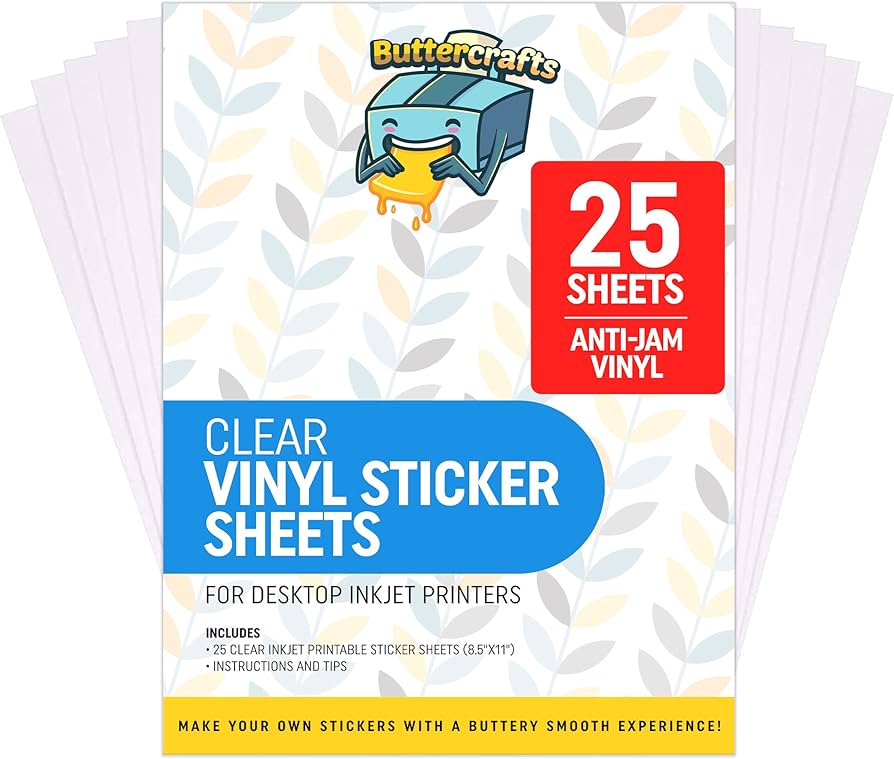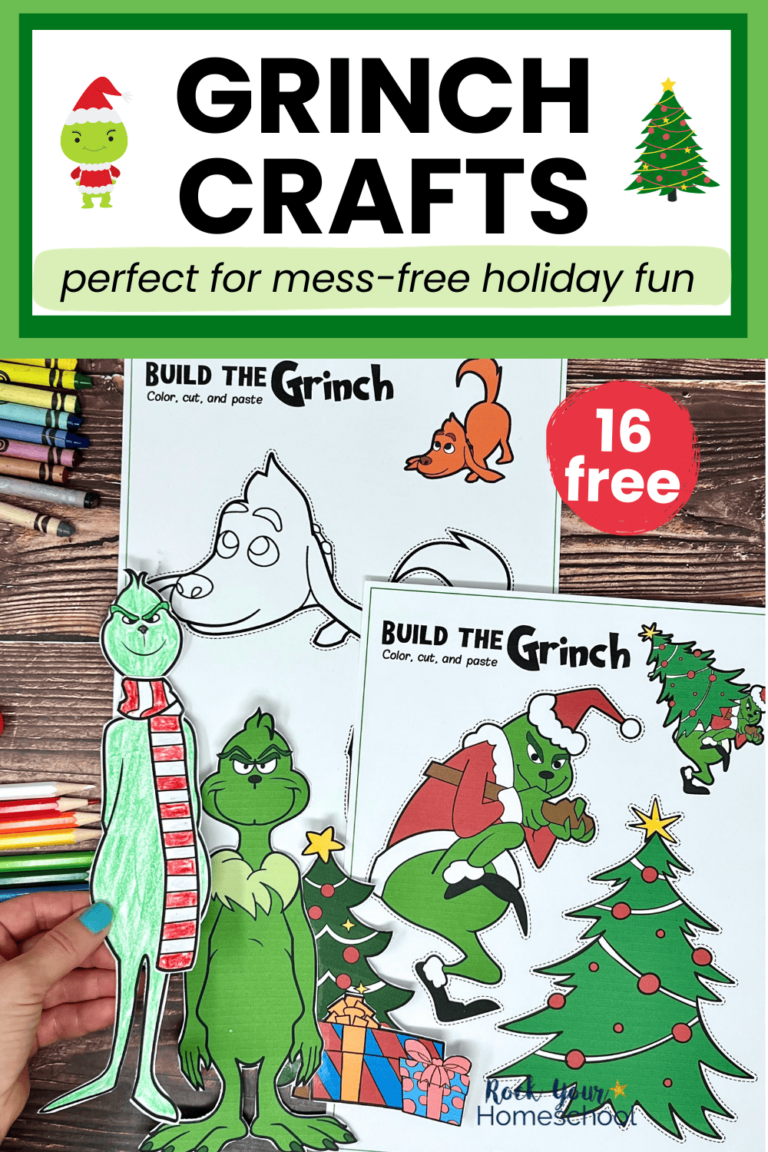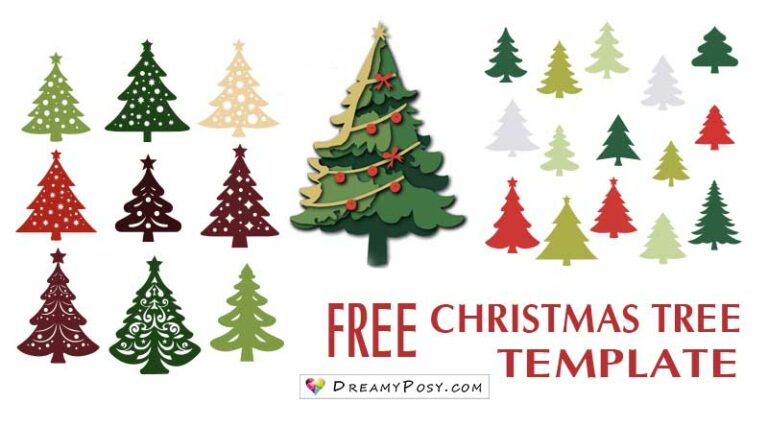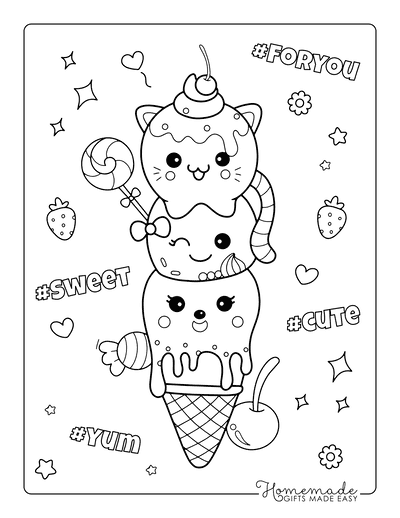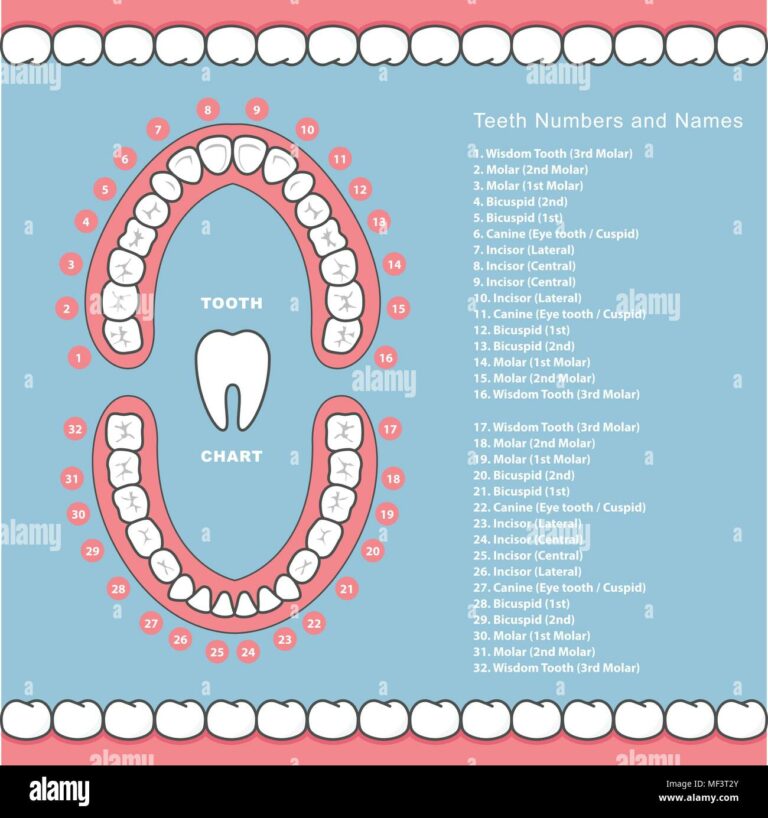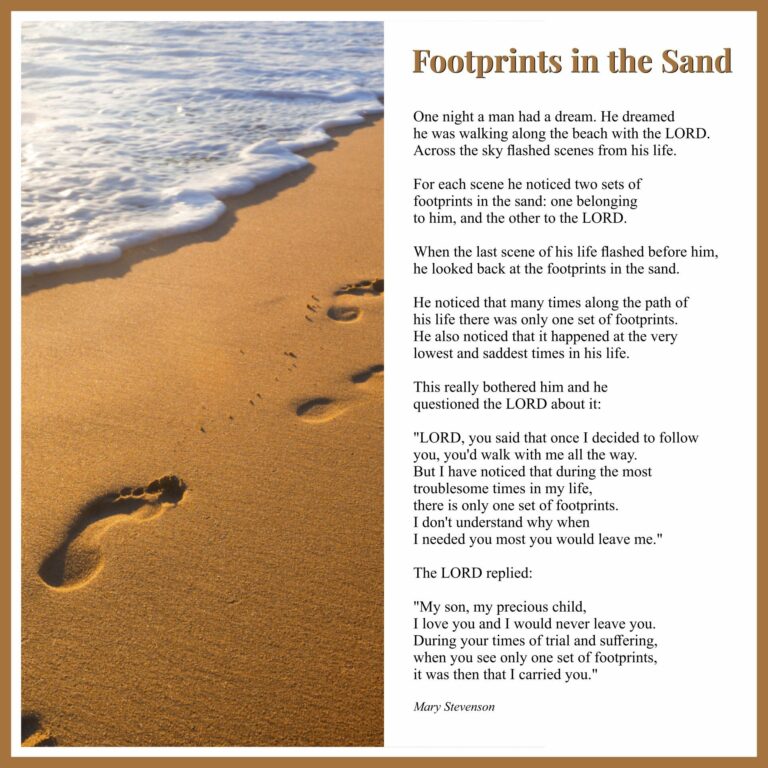The Versatile World of Clear Printable Vinyl: A Comprehensive Guide
In the realm of customization and visual communication, clear printable vinyl stands out as a versatile and captivating material. Its unique properties and diverse applications make it a sought-after choice for businesses and individuals alike. This guide delves into the intricacies of clear printable vinyl, exploring its composition, printing methods, design considerations, and environmental implications.
From signage that commands attention to packaging that enhances product appeal, clear printable vinyl empowers users to create impactful and visually stunning results. Its transparency, flexibility, and durability make it an ideal canvas for a wide range of creative endeavors.
Definition and Properties of Clear Printable Vinyl
Clear printable vinyl is a durable and versatile material composed of a transparent vinyl base and a printable surface. It is known for its high clarity, allowing light to pass through it without distortion. The material is also flexible, making it easy to conform to curved surfaces and irregular shapes.
Clear printable vinyl is resistant to water, chemicals, and UV rays, ensuring its longevity in both indoor and outdoor applications. It is commonly used in various industries, including signage, window graphics, vehicle wraps, and product labeling.
Printing Methods for Clear Printable Vinyl

Clear printable vinyl offers versatility in customization, and selecting the right printing method is crucial. Each technique has its merits and limitations, so understanding them is essential.
Inkjet Printing
Inkjet printing utilizes tiny droplets of ink sprayed onto the vinyl surface.
Advantages:
- High-resolution printing
- Cost-effective for small-scale projects
- Suitable for intricate designs and gradients
Disadvantages:
- Slower printing speed compared to other methods
- Inkjet inks may not be as durable as other options
Laser Printing
Laser printing employs a laser beam to fuse toner particles onto the vinyl.
Advantages:
- Fast printing speed
- Produces crisp and sharp prints
- Durable prints with high resistance to fading
Disadvantages:
- Limited color range compared to inkjet printing
- Higher cost for equipment and consumables
Screen Printing
Screen printing involves pushing ink through a mesh stencil onto the vinyl.
Advantages:
- Thick, opaque prints with vibrant colors
- Suitable for large-scale production
- Durable and resistant to scratches and chemicals
Disadvantages:
- Not suitable for intricate designs
- High setup costs for multiple colors or complex designs
Ink and Adhesive Selection
Choosing the appropriate inks and adhesives is equally important. Inks specifically designed for clear vinyl ensure adhesion and color vibrancy. Similarly, adhesives must be compatible with the vinyl and the intended application to prevent peeling or discoloration.
Design Considerations for Clear Printable Vinyl

Designing effective visuals for clear printable vinyl requires careful consideration of several factors. Understanding the material’s transparency and background is crucial for optimizing colors, fonts, and images to achieve maximum visibility and impact.
When designing for clear printable vinyl, it’s important to remember that the material is transparent, so the background will show through the printed design. This means that you need to carefully consider the colors you use and how they will look when printed on a transparent background.
Color Optimization
- Use bright, contrasting colors that will stand out against the transparent background.
- Avoid using light colors or colors that are similar to the background, as they will be difficult to see.
- Consider using a white or light-colored underbase to help the colors pop.
Font Selection
- Choose fonts that are easy to read, even from a distance.
- Avoid using fonts that are too small or too thin, as they will be difficult to see on a transparent background.
- Use bold or thick fonts to help the text stand out.
Image Optimization
- Use high-quality images that are clear and sharp.
- Avoid using images that are too busy or detailed, as they will be difficult to see on a transparent background.
- Consider using a white or light-colored background behind the images to help them stand out.
Applications of Clear Printable Vinyl
Clear printable vinyl is a versatile material with a wide range of applications across various industries. Its unique properties make it suitable for creating eye-catching visuals, providing protection, and adding decorative elements.
In the signage industry, clear printable vinyl is commonly used for window graphics, vehicle wraps, and floor decals. Its transparency allows businesses to display their branding and promotions without obstructing the view from the inside or outside. Additionally, clear vinyl provides durability and weather resistance, ensuring that signage remains effective even in harsh conditions.
Packaging and Labelling
Clear printable vinyl is also widely used in packaging and labelling applications. Its transparency allows consumers to view the product inside while providing protection from moisture, dust, and scratches. Clear vinyl labels are popular for bottles, jars, and other containers, as they offer a sleek and professional appearance.
Decorative Items
Beyond signage and packaging, clear printable vinyl finds its way into various decorative applications. It can be used to create custom window clings, wall decals, and furniture accents. The ability to print vibrant designs and images on clear vinyl allows for the creation of unique and eye-catching decorative elements that can transform any space.
The benefits of using clear printable vinyl include its durability, weather resistance, and versatility. However, it’s important to consider its limitations, such as the potential for scratching or tearing if not handled carefully. Overall, clear printable vinyl is a valuable material that offers numerous applications across various industries, providing both functional and aesthetic benefits.
Environmental Considerations

Clear printable vinyl has environmental implications that must be considered. Its production and disposal can have negative impacts if not managed responsibly.
During manufacturing, vinyl production releases volatile organic compounds (VOCs) into the atmosphere, contributing to air pollution. Additionally, the extraction and processing of raw materials used in vinyl production can have ecological impacts.
Responsible Disposal and Recycling
Proper disposal and recycling practices are crucial to minimize the environmental impact of clear printable vinyl. Landfilling vinyl can lead to soil and groundwater contamination due to the slow degradation rate of the material.
Recycling vinyl is a more sustainable option, as it reduces waste and conserves resources. However, recycling infrastructure for vinyl is limited in some areas, making it challenging to dispose of it responsibly.
Sustainable Alternatives
To reduce the environmental impact of clear printable vinyl, consider sustainable alternatives such as:
- Biodegradable vinyl: Made from plant-based materials, biodegradable vinyl decomposes naturally, minimizing waste and environmental harm.
- Recyclable vinyl: Designed to be easily recycled, recyclable vinyl can be reprocessed into new products, reducing waste and conserving resources.
- Low-VOC vinyl: Produced with reduced VOC emissions, low-VOC vinyl minimizes air pollution during manufacturing.
By choosing sustainable alternatives and practicing responsible disposal and recycling, you can reduce the environmental footprint of clear printable vinyl.
Answers to Common Questions
What is the composition of clear printable vinyl?
Clear printable vinyl is typically composed of a durable plastic material, such as polyvinyl chloride (PVC), with a clear adhesive backing. It is designed to be printed on using various printing methods, allowing for vibrant and long-lasting graphics.
What are the advantages of using clear printable vinyl?
Clear printable vinyl offers numerous advantages, including its transparency, flexibility, durability, and versatility. It can be used for a wide range of applications, from signage and packaging to labels and decorative items.
How do I choose the right printing method for clear printable vinyl?
The choice of printing method depends on factors such as the desired print quality, durability, and cost. Inkjet printing is suitable for small-scale projects, while laser printing offers higher precision and durability. Screen printing is often used for large-scale production.
What design considerations should I keep in mind when using clear printable vinyl?
When designing for clear printable vinyl, it is important to optimize colors, fonts, and images for visibility and impact. Consider the background and transparency of the material to ensure your designs stand out effectively.
